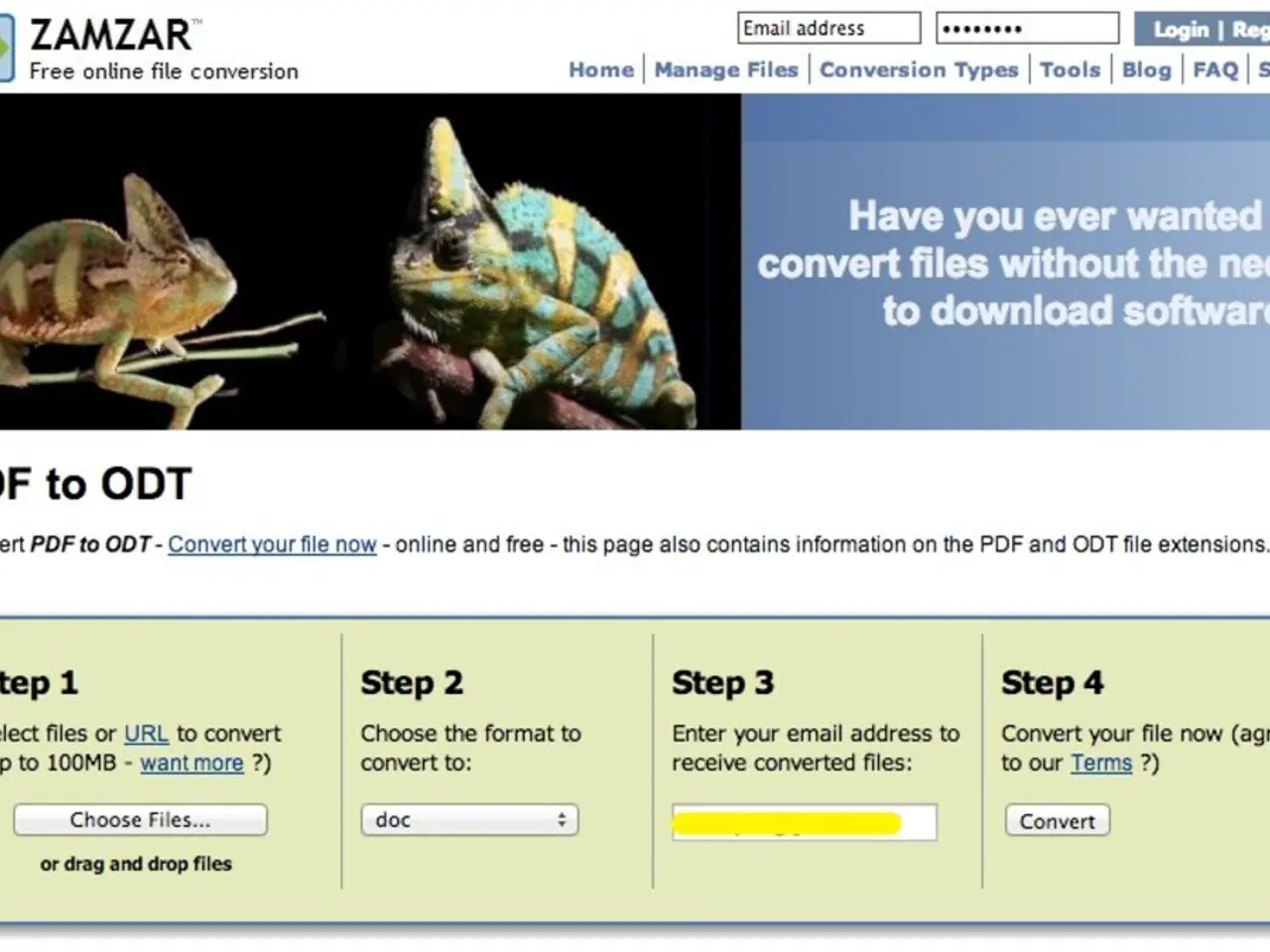Unraveling Amazon Price Trends to Decipher Competitors' Pricing Strategies
In the dynamic world of Amazon's marketplace, over 2.5 million price changes occur daily, making it a high-stakes pricing battlefield where margins between success and failure shrink by the hour. However, armed with historical price analysis, sellers can gain a competitive advantage and navigate this complex landscape more effectively.
By studying price history, sellers can decode systematic patterns and seasonal trends that competitors employ. For instance, a common occurrence is the gradual summer price reductions followed by sharp holiday season increases, reflecting inventory planning and demand forecasting tactics used by competitors.
Historical analysis also uncovers typical promotional calendars, such as back-to-school discounts starting in mid-July and post-holiday clearances just after New Year's Day. This allows sellers to anticipate when price wars will intensify and prepare accordingly.
Understanding inventory management through pricing is another key benefit. Price drops linked to clearing overstock are discernible from historical data, revealing competitors' stock situations and pricing strategies.
Identifying pricing strategy indicators, such as the frequency and timing of price adjustments, minimum and maximum price points, and reaction speed to competitor price changes, helps sellers gauge competitor sophistication and responsiveness.
Moreover, historical price data reveals algorithmic behaviour patterns, enabling sellers to anticipate and counter automated competitor moves effectively. This is crucial as most companies deploy automated pricing algorithms.
Using historical price tracking, sellers can avoid unnecessary discounting that erodes margins without boosting sales, as shown in cases where brands maintained stable prices while competitors cut prices aggressively but temporarily lost Buy Box ownership or exhausted inventory quickly.
Historical Amazon price analysis also empowers sellers to test price elasticity and optimise for better long-term profitability by leveraging insights from competitor price history and corresponding sales outcomes.
Geographic pricing variations reveal complex pricing matrices, which historical analysis can decode. Promotional timing also reveals competitive calendars that many sellers follow unconsciously. Inventory-based pricing adjustments follow systematic patterns, with competitors implementing predictable markdown schedules or increasing prices to maximise per-unit revenue.
Risk management strategies protect against price wars while maintaining competitiveness. They help identify which competitors engage in aggressive pricing battles and which maintain more stable approaches.
Research from Carnegie Mellon University demonstrates that simple rule-based algorithms significantly impact market pricing dynamics. Key indicators of competitor pricing strategies include price adjustment frequency and timing patterns, minimum and maximum price thresholds, and correlation between inventory levels and pricing decisions.
Pattern recognition involves identifying recurring cycles, correlating price changes with external factors, and distinguishing between systematic strategies and random adjustments.
Sophisticated repricing tools have democratised advanced pricing strategies for small sellers. Manual tracking methods for price history analysis offer detailed insights for focused product portfolios, while automated monitoring solutions provide scalability advantages for larger operations.
Price changes on popular products can occur as frequently as every ten minutes, underscoring the need for continuous monitoring and strategic decision-making. In this fast-paced environment, historical Amazon price analysis offers sellers a critical edge, enabling them to decode competitor pricing tactics, predict market shifts, optimise inventory-related pricing decisions, and execute smarter promotional strategies. This strategic foresight enhances their ability to protect margins, maintain Buy Box ownership, and sustain competitive positioning over time.
Sellers can leverage historical price analysis to identify patterns and trends in competitors' pricing strategies, such as seasonal price reductions and promotional calendars. This knowledge allows them to anticipate when price wars will intensify and adjust their own pricing strategies accordingly.
Moreover, by studying the frequency and timing of price adjustments, minimum and maximum price points, and reaction speed to competitor price changes, sellers can gain insights into competitors' pricing algorithms and stock management systems, helping them optimize their own pricing strategies and maintain a competitive edge in the fast-paced Amazon marketplace.




